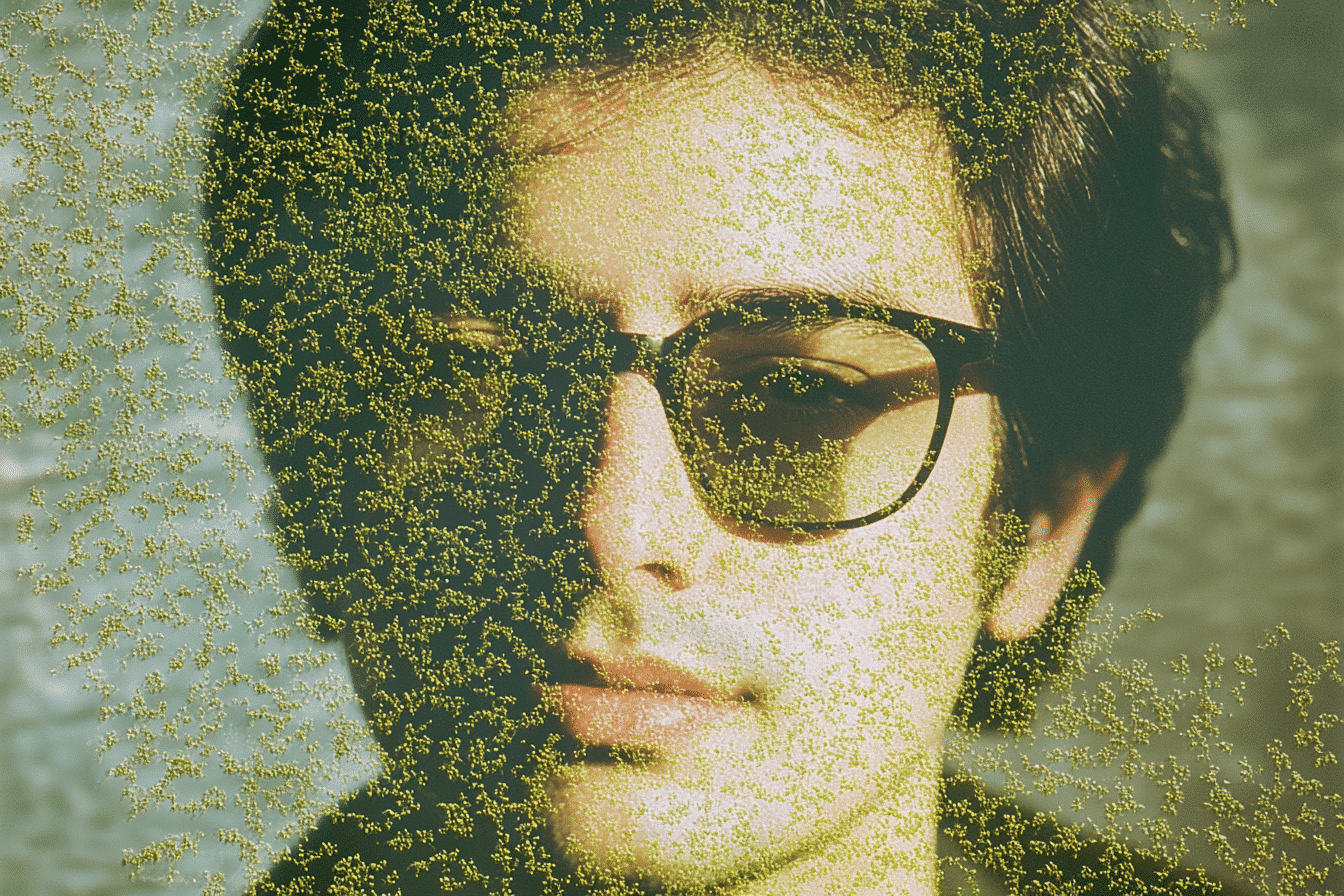Almudena Romero, a Spanish artist known for her innovative techniques, has transformed the world of photography by printing images directly onto living plants. Her unique art form challenges conventional photographic methods and prompts audiences to reconsider their relationship with nature and consumerism. “Plants are important to me, partly because of the legacy of my family and because, as a photographic material, they’re impressive in quality,” Romero shared.
Revolutionizing Photography with Plants
Romero’s journey into plant-based photography began with her love for nature, deeply rooted in her childhood. Her groundbreaking series, “The Pigment Change,” showcases how she prints photographs directly onto leaves and other living plants. “I just put a negative on top of the leaf and leave it to the sunlight, and then the image gets recorded on the leaf,” Romero explained. This technique allows her to create eco-friendly art, which resonates with her environmental values.
The Process Behind the Art
In one of the chapters of “The Pigment Change,” titled “Family Album,” Romero spreads watercress seeds on a stretched canvas and lets them grow in darkness. She then projects a negative image onto the growing plants, creating a striking visual contrast. “The parts that receive more light produce chlorophyll. Hence, the dark green tones and the parts that receive less light remain yellow and pale,” she noted, likening the process to traditional photographic methods with a natural twist.
Learning from Plants and Nature
Romero’s connection with plants goes beyond aesthetics. Growing up on her grandparents’ avocado farm in Valencia, she developed a profound appreciation for nature. “When you grow close to nature, it becomes essential in your life,” she said. This deep bond with the natural world has shaped her artistic practice, making her work reflect our relationship with the environment.
Her innovative techniques, however, come with challenges. The temporary nature of her art makes it difficult to achieve financial sustainability. “It is a niche because it produces ephemeral pieces, so it’s a lot more difficult to be financially sustainable,” she admitted. Yet, Romero remains committed to her craft, driven by her belief in the lessons plants can teach us.
Ethics and Philosophy Through Art
Romero’s work also delves into ethical and philosophical questions. She explores non-anthropocentric ethics, which challenges the notion that humans are the most important beings on Earth. “Why do we tend to think that we only have these capacities as humans?” she asked, encouraging viewers to see plants as beings with their agendas and capabilities.
Her reflections extend to reproduction, as seen in her series “The Pigment Change.” By observing how plants in harsh environments limit reproduction, Romero questions societal expectations around parenthood. “I don’t want to have children because of climate change,” she shared, using her art to open discussions on procreation and environmental responsibility.
The Largest Photographic Artwork
Romero’s next project, set to be completed by June 2025, will be her most ambitious yet. Commissioned by France’s National Research Institute for Agriculture, Food and Environment, she plans to farm an image across 30,000 square meters—making it the most significant photographic artwork ever produced. Collaborating with scientist Nicolas Langlade and using AI, Romero will use genetically diverse kinds of wheat and grasses to create a vivid, distinguishable image. “It’s a combination of my family’s background because we are going to farm it,” she said, bringing her love for plant photography to an unprecedented scale.
Almudena Romero’s work challenges the boundaries of traditional photography, offering a fresh perspective on art, ethics, and the environment. Through her innovative use of plants, she creates visually stunning pieces and encourages us to reflect on our relationship with nature and our role in preserving it. As she continues pushing her craft’s limits, Romero remains a pioneering force in eco-friendly art, inspiring us all to see the beauty and wisdom in the natural world.
